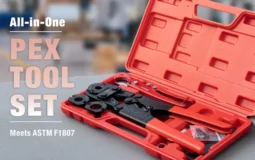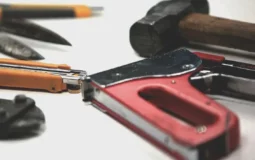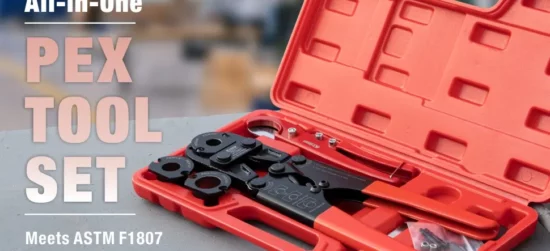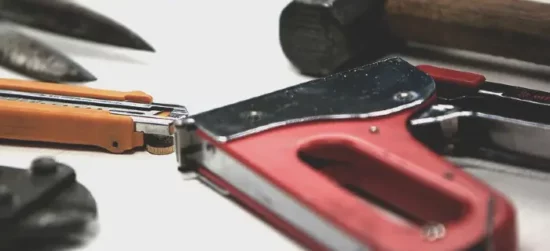In the process of finding the best PEX crimp tool, you will probably come across PEX clamp tools. Surely you will wonder, how are they different? Which tool is best for your plumbing project?
Don’t worry, read the whole article. We will show you how they work, as well as point out the differences between them. Sometimes the PEX crimp tool is perfect, but sometimes the PEX clamp tool is the better choice.
Let's start by how each tool works.
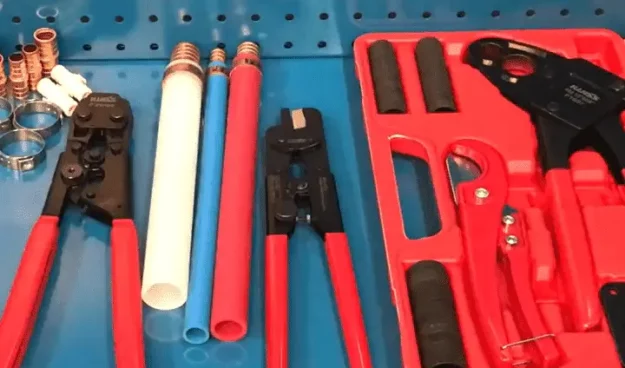
PEX crimp tool
PEX crimp tools will work with fixed-size copper rings, typically 3/8 inch, 1/2 inch, 3/4 inch and 1 inch. Therefore, PEX crimp must have a jaw that fits each copper ring size. This means that if you want to installation with the PEX crimp tool, make sure you have the PEX crimp tool set with jaw fits to the size of the copper ring. Or better yet, have a PEX crimp tool that can replace jaw.
The PEX crimp tool will squeeze the copper ring between PEX pipes and PEX fittings to create a watertight connection. So you will need a bit of strength to tighten the handle of the tool.
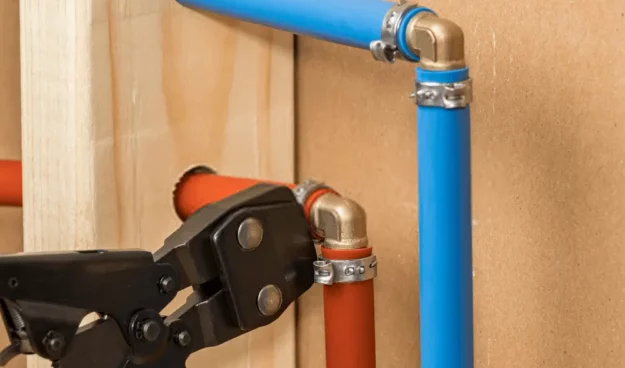
The PEX crimp tool is a vital tool for anyone working with PEX piping. This tool is designed to crimp the PEX fittings securely and effectively, ensuring a leak-free connection. The PEX crimp tool has a sturdy construction and can be easily operated by anyone with minimal experience. It is essential for anyone involved in PEX piping installations and is a must-have for both professionals and DIY enthusiasts. The PEX crimp tool offers a reliable and efficient solution for crimping PEX fittings, making it a popular choice among plumbing professionals and DIY enthusiasts alike.
PEX Clamp Tool
The PEX clamp tool is also known as the PEX cinch tool. It can work with stainless steel cinch/clamp rings as well as copper cinch/clamp rings. Because of the clamp mechanism, it can work with most ring sizes and does not need to replace jaw like PEX crimp tools. It also doesn’t need to exert too much force like the PEX crimp tool because it only has to clamp the tab on the cinch/clamp ring.
The Differences:
After reading the above two sections, you should be able to find out the difference between them. PEX crimp only works with copper rings, each jaw fits only one ring size, it takes a lot of force to crimp. PEX clamp is more flexible, can work with both copper and stainless steel rings, with just one jaw can work with all ring sizes, less effort.
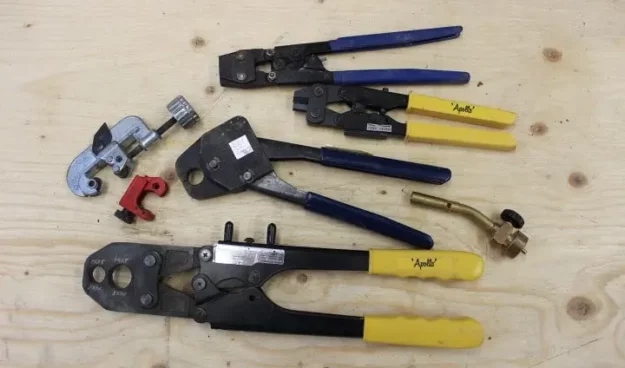
PEX crimp vs. PEX clamp: Which one is the best?
PEX crimp tool helps you to create an extremely secure watertight connection over time. Obviously, this is its strong point (removing the crimp ring is not easy at all). The PEX clamp will also create a watertight connection. But because the design only clamps the tab, so maybe after a long time, the connection will not be good anymore. The PEX clamp is more suitable for temporary connections, or in small, difficult installation locations as it does not require a lot of effort. Another advantage of the PEX clamp is that it can fit many ring sizes, which gives it certain flexibility, compared to the PEX crimp that only works for each ring size.
If you aim to be flexible, easy to turn around in tight spaces, don’t need too much effort, use the PEX clamp tool. If you are aiming for a permanent connection, or if you only have a fixed number of pipe sizes, use the PEX crimp tool.
Conclusion
Both PEX crimp and PEX clamp are good tools. Depending on your goals, if you are aiming for flexibility, less effort. No need to replace jaw as well as watertight connection tests, use a PEX clamp. If you are aiming for a perfect connection with time, can withstand harsh weather and high pressure, use PEX crimp.
In conclusion, the choice between the PEX crimp tool and the PEX clamp tool ultimately depends on the specific needs of the project and the preference of the installer. Both tools are effective at producing a secure and leak-free connection between PEX fittings and PEX piping, and both have their own unique advantages and disadvantages.
Which tool is the best? It all depends on you and the goals you set.
